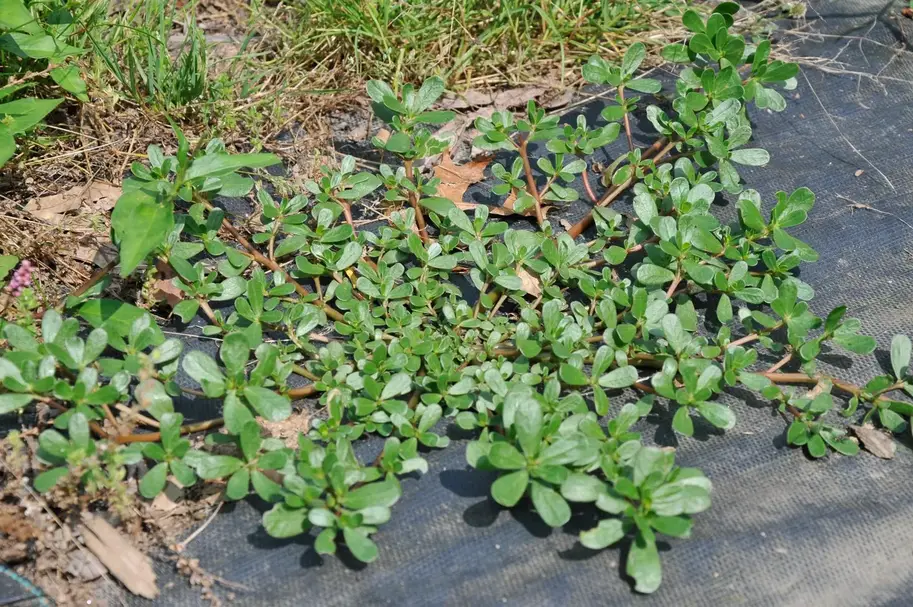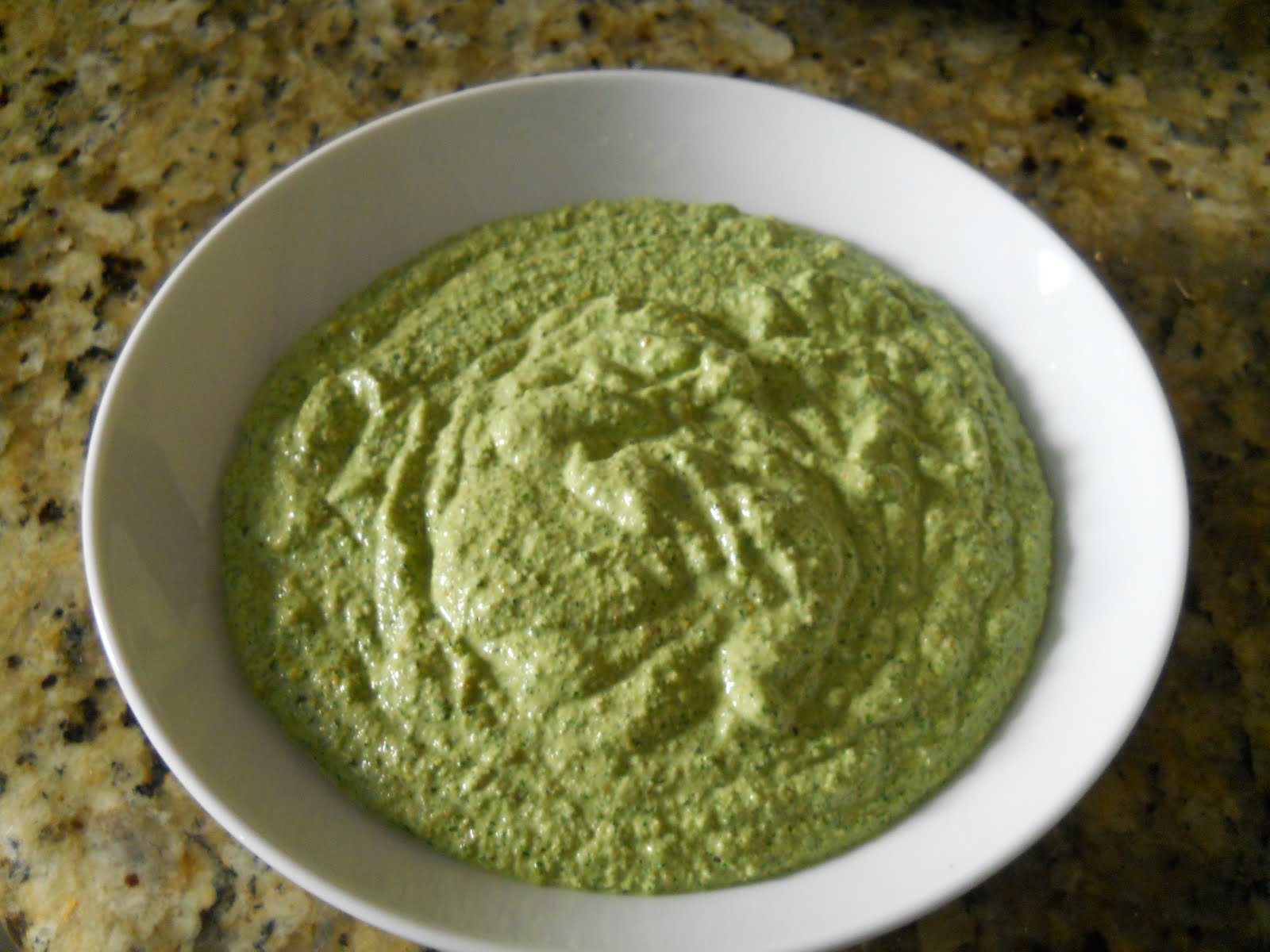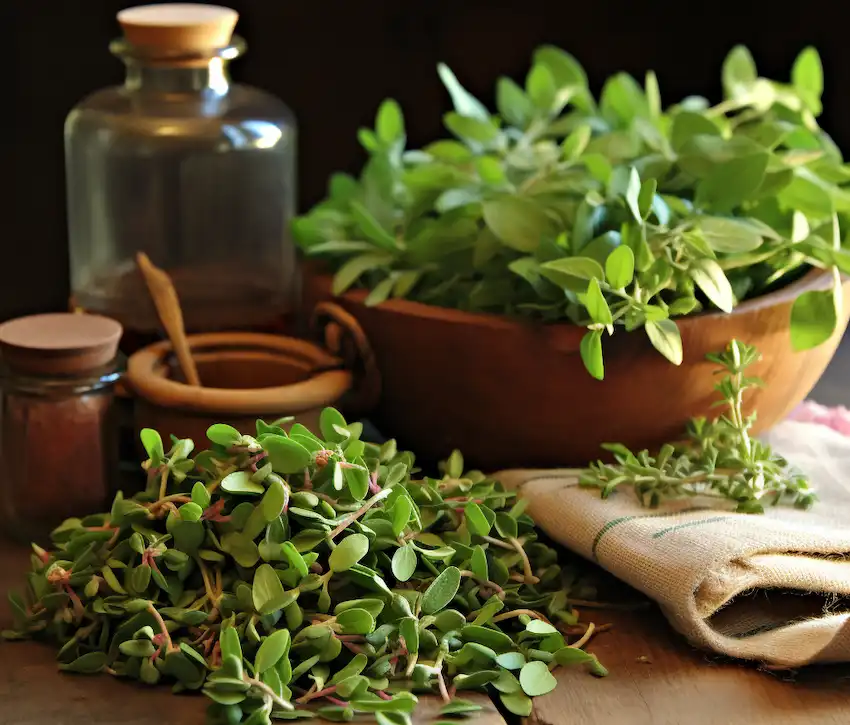
Purslane, also known as Verdolaga, has undergone a remarkable transformation from being perceived as a garden nuisance to becoming a prized treasure. This remarkable plant is reclaiming its status in farmer’s markets and esteemed restaurants, offering not just health benefits but also culinary delight.
Known by various names such as hogweed and pigweed, Purslane is a weed that deserves a warm welcome. Recognized as a superfood, it has earned admiration from notable figures like Mahatma Gandhi and is currently experiencing a resurgence.
Thriving in unlikely places such as pavement cracks and gardens, Purslane has been hailed as a “miracle plant” by Dr. Artemis Simopoulos, president of the Centre for Genetics, Nutrition, and Health. During her tenure at the National Institutes of Health, Dr. Simopoulos discovered that Purslane boasts the highest levels of Omega-3 fatty acids among all green plants.
With succulent leaves shaped like teardrops, Purslane is packed with antioxidants, vitamins, and minerals, making it a nutritional powerhouse. But its appeal extends beyond its nutritional value—the leaves offer a refreshing lemony flavor with a hint of peppery zest, as noted by Sergio Vitale, chef-owner of Aldo’s Ristorante Italiano in Chicago, who fondly recalls enjoying Purslane in southern Italy.
While Purslane enjoyed popularity among early Americans, its use declined in the early 1900s. However, in recent times, farmers, foragers, and innovative chefs have reignited interest in this beneficial weed.
When using wild Purslane, thorough washing is crucial to remove any pesticide residues. With its tart and mildly salty flavor, Purslane makes an excellent addition to salads and various dishes.
Here’s a simple recipe to try: Purslane and Basil Pesto.

Ingredients:
- 2 cups young Purslane leaves and stems, rinsed and roughly chopped
- 45g basil leaves, rinsed
- 1 clove of garlic
- 45g toasted almonds
- Juice from half a lemon
- 50ml olive oil
- Salt and pepper to taste
Instructions:
- Combine Purslane, basil, garlic, almonds, and lemon juice in a food processor.
- Pulse until the mixture is well combined.
- While the processor is running, slowly drizzle in olive oil until the mixture emulsifies.
- Season with salt and pepper according to your taste.
- Enjoy this flavorful pesto on toasted sandwiches, roasted vegetables, meat, or tossed with pasta.
Now, let’s explore the nutritional benefits of Purslane:

- Omega-3 Fatty Acids: An outstanding plant-based source of these essential fatty acids, crucial for brain and heart health.
- Antioxidants: Packed with antioxidants like glutathione, Purslane aids in cell protection and fights aging.
- Minerals: Rich in calcium, magnesium, potassium, iron, and more, Purslane fills gaps in the diet and promotes overall well-being.
- Vitamin C: A significant source of this immune-boosting vitamin.
- Beta-carotene: Abundant in Purslane, beta-carotene supports vitamin A production.
- Melatonin: Contains melatonin, a hormone vital for regulating sleep.
- Cholesterol Reduction: Thanks to betalain, Purslane helps prevent cholesterol damage to blood vessels.
- Tryptophan: Contains tryptophan, an amino acid important for mood regulation.
Embrace the wonders of Purslane and enjoy its medicinal and culinary benefits. From its Omega-3 richness to its melatonin content, this versatile plant offers much for both your health and taste buds.
Feeling inspired? Share this article with your friends!
